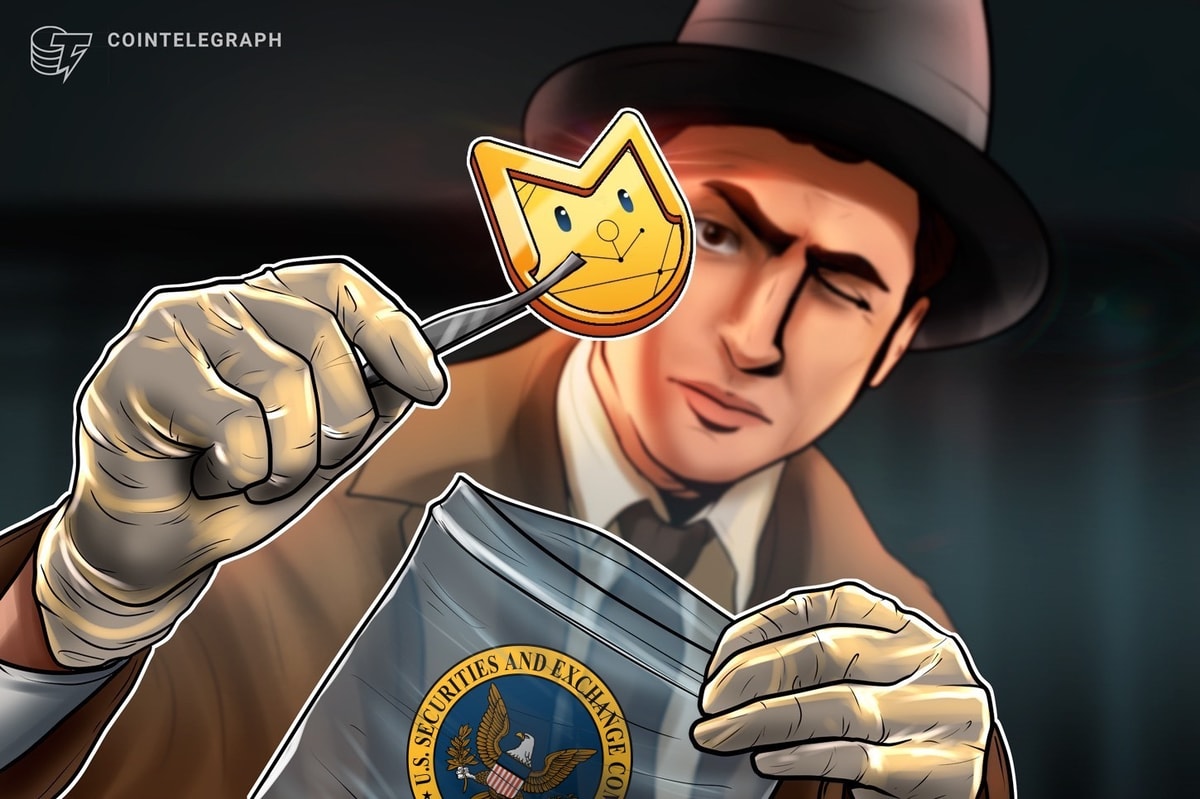
In a market dominated by headlines of uncertainty and innovation, few metrics capture the clash of traditional and speculative investments quite like the Saylor-Buffett Ratio. This unconventional measure pits Warren Buffett’s Berkshire Hathaway — a symbol of stable, time-tested value — against Michael Saylor’s MicroStrategy, a Bitcoin-obsessed company riding the wave of crypto speculation.
While the S&P 500 and Nasdaq 100 struggle to maintain momentum after the U.S. presidential election, the crypto market tells a different story. Bitcoin, though off its recent all-time high, remains up nearly 30% since the election. In the week ending Wednesday, investors poured a record $6 billion into crypto funds, according to Bank of America, reflecting growing enthusiasm for digital assets. The president-elect’s pro-crypto regulatory agenda has only fueled this excitement, including plans to build a strategic U.S. Bitcoin stockpile.
What Is the Saylor-Buffett Ratio?
Developed by Owen Lamont, a portfolio manager at Acadian Asset Management and former finance professor, the Saylor-Buffett Ratio tracks the relative performance of Berkshire Hathaway and MicroStrategy. These two companies represent the stark divide in today’s investment landscape:
• Berkshire Hathaway: A bastion of stability, investing in “boring” but reliable companies. Its stock is up 31% this year, outperforming major indices like the S&P 500.
• MicroStrategy: A volatile, meme-stock darling whose aggressive Bitcoin strategy has fueled a meteoric 400% surge in 2023.
This striking performance gap has caused the Saylor-Buffett Ratio to skyrocket to levels not seen since the dot-com bubble of 2000. For Lamont, this serves as a warning sign that echoes past market mania.
What the Ratio Tells Us About Today’s Market
The soaring Saylor-Buffett Ratio suggests an appetite for speculative investments reminiscent of the internet boom. While the dot-com bubble was fueled by technological optimism, today’s speculative fervor is split between cryptocurrencies and artificial intelligence (AI).
“I don’t know if we’re in an AI bubble, but it sure feels like we’re in a crypto bubble,” Lamont notes. He warns that if these two speculative narratives converge, the resulting volatility could have broad and destabilizing implications.
Why It Matters for Investors
The Saylor-Buffett Ratio isn’t just an academic exercise — it’s a practical tool for gauging the market’s balance between fear and greed. For long-term investors, this is a reminder to stay vigilant about overexposure to speculative assets. While high-risk investments like Bitcoin and AI-related stocks may offer dazzling returns, they can also be harbingers of bubbles.
By contrast, traditional investments like those championed by Buffett may lack excitement but offer consistent, sustainable growth. The divergence highlighted by the Saylor-Buffett Ratio underscores the importance of diversification and the need to evaluate the underlying fundamentals of any investment.
The Bottom Line
As the market teeters between the allure of emerging technologies and the reliability of time-tested strategies, the Saylor-Buffett Ratio serves as a stark reminder: history has a way of repeating itself. Investors should tread carefully in an environment that feels increasingly speculative.
What do you think? Are we in the midst of a speculative bubble, or is this just the start of a new era in investing? Share your thoughts below and join the conversation.
The Saylor-Buffett Ratio: A New Lens on Market Speculation was originally published in The Capital on Medium, where people are continuing the conversation by highlighting and responding to this story.

 3 months ago
55
3 months ago
55









 English (US) ·
English (US) ·